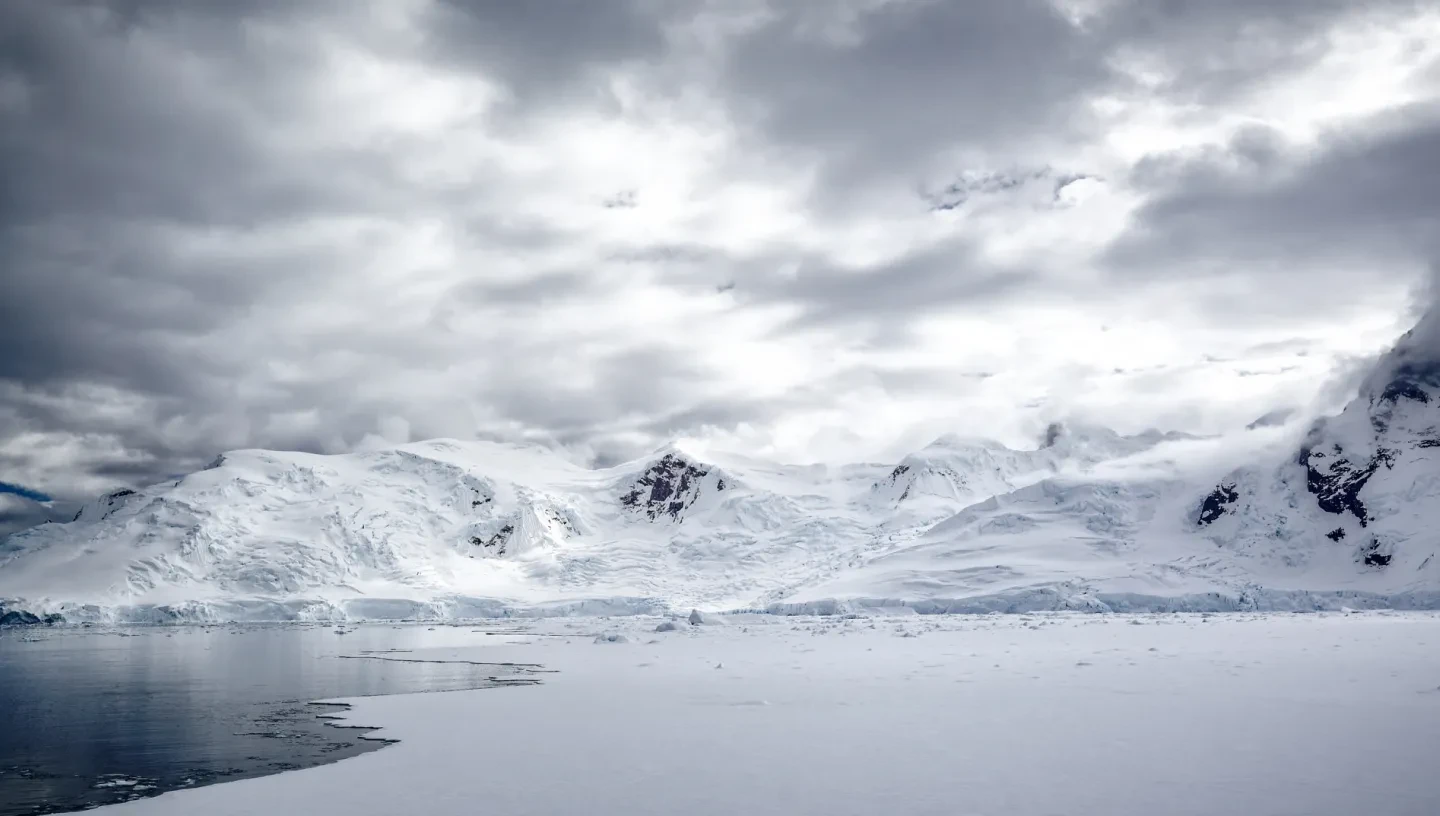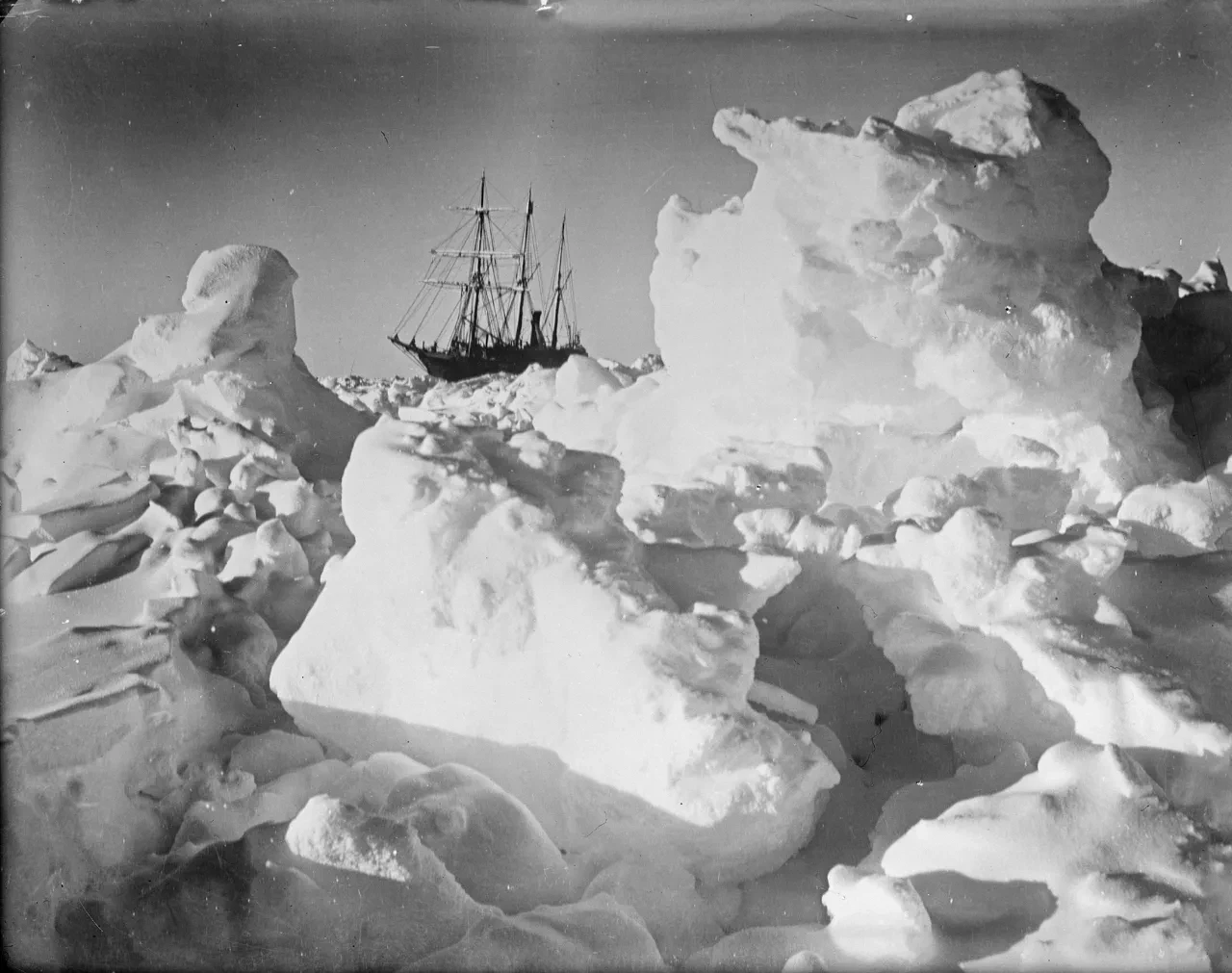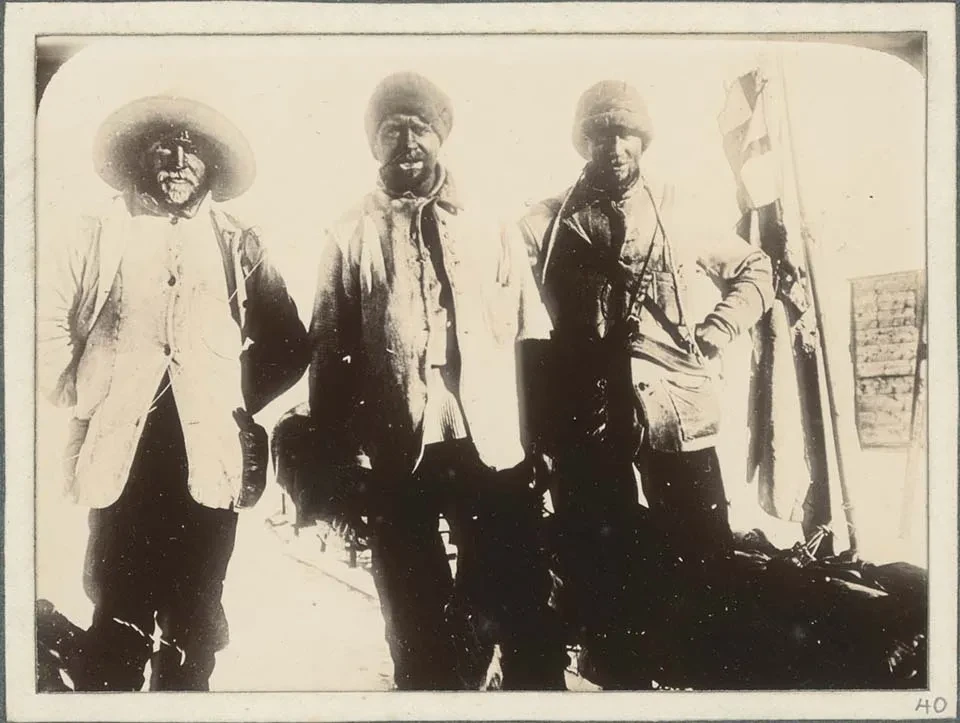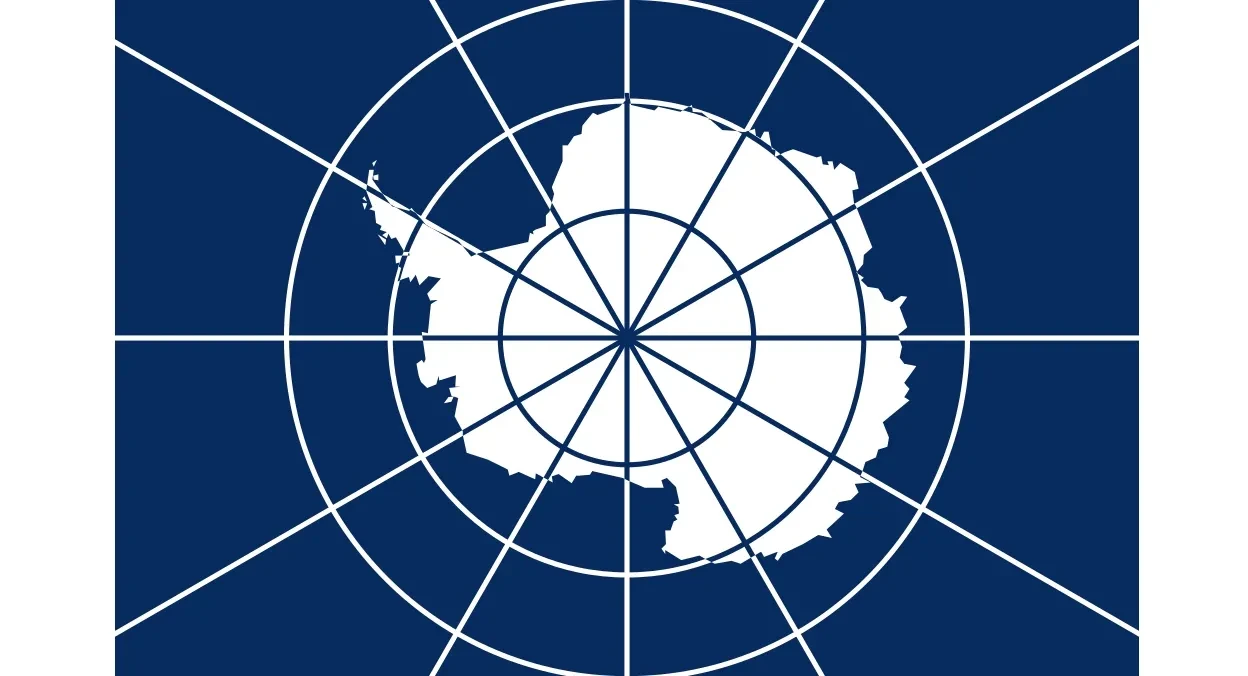
Where is Antarctica?
Antarctica is the most inhospitable place on the planet. It is a continent surrounded by the Southern Ocean, situated over the South Pole and almost entirely within the Antarctic Circle.
The nearest other land mass is South America – but even that is 600 miles away, across the roughest seas in the world.
How big is Antarctica?
Antarctica is huge. At 14 million sq km (5.5 million sq miles) in summer, it is around 50 times the size of the UK. In the winter the continent almost doubles in size due to the sea-ice that forms around the coast. If this ice were permanent, Antarctica would be the third largest continent on Earth, only behind Asia and Africa.
How cold is Antarctica?
The lowest recorded temperature in Antarctica is -89.2 degrees centigrade, measured at a weather station at the Soviet Vostok Station on 21 July 1983. However, measurements taken by satellite and published in 2018 claim a lowest recorded temperature of -98 degrees centigrade.
What is the weather like in Antarctica?
As well as the fierce cold, Antarctica is also the highest, windiest and driest continent on Earth.
On the southern polar plateau, the ice cap is up to 4km thick, meaning that explorers are just as likely to suffer from altitude sickness as frostbite. Meanwhile, ‘katabic’ (descending) winds pour off the Antarctic plateau in gales that can reach 100 miles an hour.
Is Antarctica a desert?
Yes. Antarctica is considered a desert (though a cold one), with only 150 mm of snowfall a year around the South Pole. Antarctic ‘blizzards’ really consist of ice crystals being whipped up by the wind. They are sometimes so fine that they can get between the slits of your closed eyes.
What animals live in Antarctica?
Penguins, seals and whales are among the mammals living in the seas and coastal regions on the fringes of the continent. They are all specially adapted to life in the harsh climate, but even they cannot survive in the Antarctic interior.
Emperor penguins and Adélie penguins are the most southerly of Antarctica’s penguin species, while the Weddell seal is the most southerly breeding mammal in the world.
Do people live in Antarctica?
Antarctica has no indigenous inhabitants, although scientific researchers can live in the Antarctic all year round.
The population of Antarctica varies by year and season: in summer 2017 4,877 people were recorded living and working in Antarctica, dropping to 1,036 in the winter (see the Central Intelligence Agency's World Factbook). There are also additional scientists and crew working in the waters of Antarctica.
Tourism to Antarctica also draws around 40,000 people each year.
Who discovered Antarctica?
Investigations into Polynesian narratives of voyaging suggest that Māori people may have been the first to reach Antarctic waters as far back as the 7th century. A 2021 paper published in the Journal of the Royal Society of New Zealand researched oral traditions and other records, with the report's authors claiming that Māori navigators 'were likely the first humans to set eyes on Antarctic waters and perhaps the continent.'
In 1773 Captain James Cook and his crew became the first recorded explorers to cross the Antarctic Circle. However, the expedition did not sight Antarctica itself.
The first sighting of the continent by European explorers has been debated, with Russian, American and British expeditions all claiming to have seen Antarctica first.
Who owns Antarctica?
Antarctica is governed internationally under the Antarctic Treaty. Twelve countries – Argentina, Australia, Belgium, Chile, France, Japan, New Zealand, Norway, South Africa, the Soviet Union, the UK and the USA – first signed the treaty in 1959. The treaty established that Antarctica should be designated “a natural reserve, devoted to peace and science”. 52 nations are now signed up to the Antarctic Treaty.
However, the Treaty has not prevented some nations from maintaining historic claims to territory on Antarctica. In fact, the Treaty specifically states that they do not have to give up “previously asserted rights of or claims to territorial sovereignty”. Some maps of Antarctica still show outlines of these territorial claims.
(Main image courtesy of Ilya Grigorik, Wikimedia Commons)


